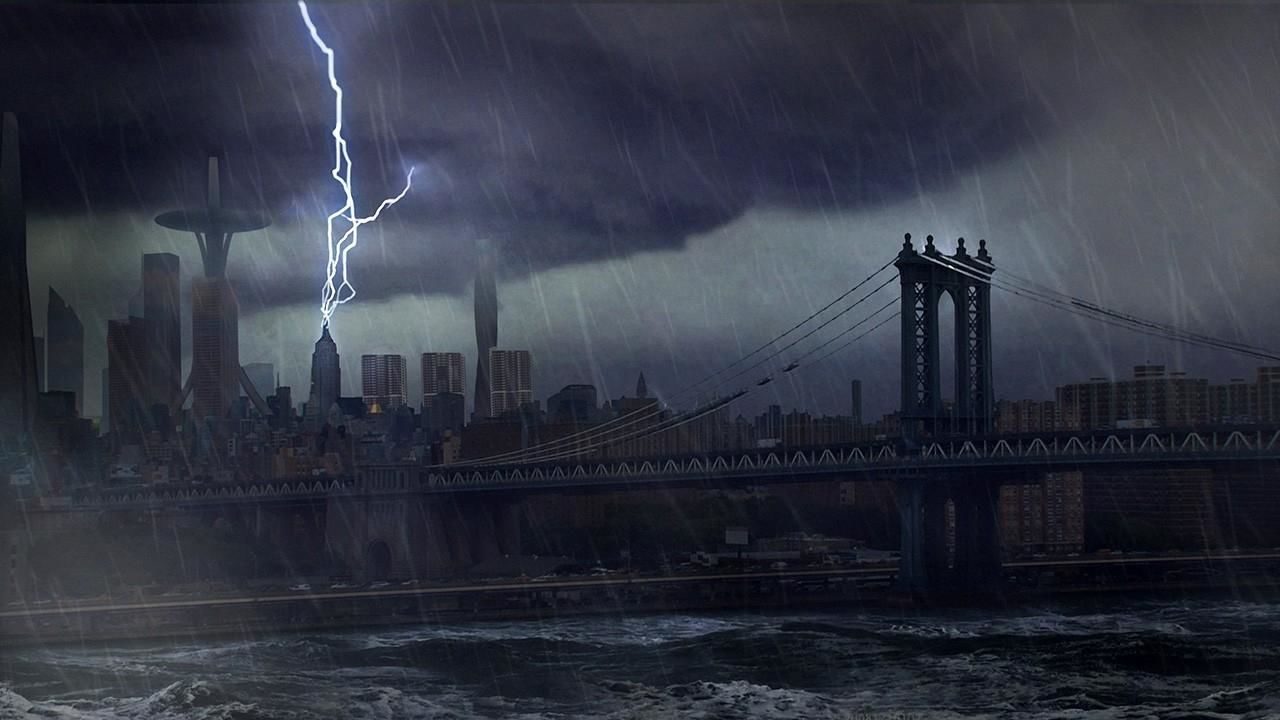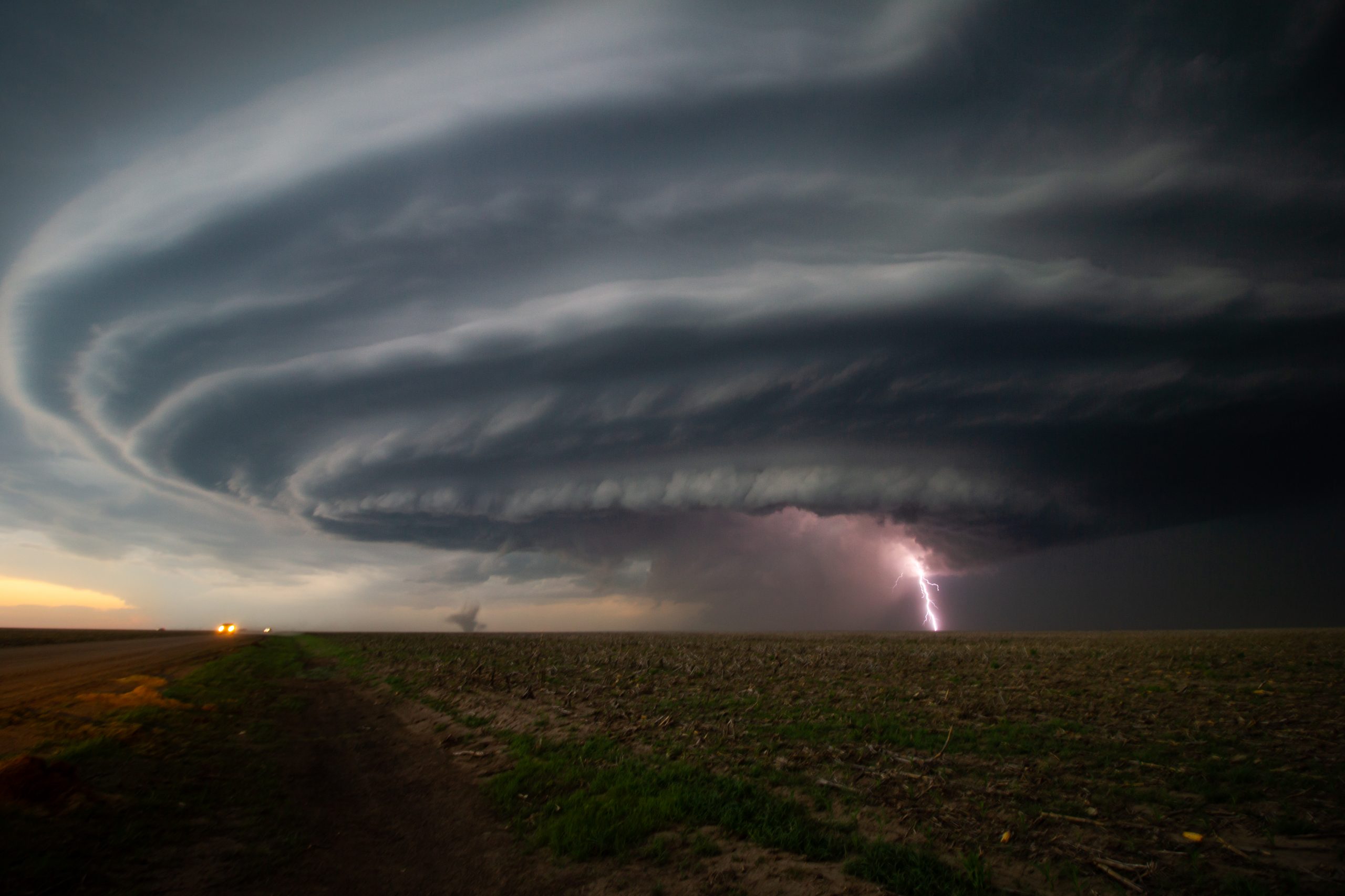


Adopting a cultural geography approach, this paper examines how climate change as a particular environmental discourse is constructed through memory, observation and conversation, as well as materialised in farming practices on the Lizard Peninsula, Cornwall, UK. Cultural geographers’ concerns with the construction of knowledge, the workings of social relations in space and the politics and poetics of place-based identities provide a lens through which personal, collective and institutional responses to climate change can be evaluated using critical and interpretative methodologies. The study of the human dimensions of climate change has been growing in momentum through research which attempts to describe, evaluate, quantify and model perceptions of climate change, understand more about risk and assess the construction of policy.

We also acknowledge the overlapping nature of these ways of knowing and the persistence of multiple testimonies about the Helm and its effects.Ĭlimate change as a global problem has moved relatively swiftly into high profile political debates over the last 20 years or so, with a concomitant diffusion from the natural sciences into the social sciences. We show how different ways of knowing the Helm relate to contemporary practices of meteorology, highlighting the shifts that took place in terms of what constituted credible meteorological observation. In this paper we draw on material from county histories, newspaper archives, and documents relating to investigations of the Helm Wind that were conducted by the Royal Meteorological Society between 18, and by British climatologist Gordon Manley (1908–1980), between 19, to document attempts to observe, measure, understand and explain this local wind over a period of 200 years. As a product of the particular landscape found at Cross Fell, the Helm is a true local wind, and a phenomenon that has come to assume great cultural as well as environmental significance in the region and beyond. The Helm Wind of Cross Fell, North Pennines, is England's only named wind. The authors show the major role played by traditional societies and indigenous peoples in preserving and transmitting a culture of risk which today is threatened by an unprecedented memory break resulting from the process of globalization. On the other hand, the paper promotes a different model combining both engineering and local historical/cultural knowledge in order to design a more sustainable and applicable strategy. In this way, ancestral knowledge and strategies have often been despised in favor of hard defense works whose limits are now being measured after the recent disasters. This study shows how forgetting past disasters has contributed to increasing the vulnerability of the modern societies and building a “society of risk.” Paradoxically, industrialization and the era of the engineer opposed “pre-modern” societies to so-called “modern” societies. Besides the written archives, the authors shall also realize an inventory of all the elements of the cultural heritage and the memory evoking the risks and the vulnerabilities.
#Big weather chasing tornadoes in the heart of america series#
Historical documentation provides a series of very varied archives, voluminous and geographically scattered. Finally, the authors present two concrete examples of projects aiming to use historical lessons learned to reduce the vulnerability of local communities. The authors then show the major role played by traditional societies and indigenous peoples in preserving and transmitting a culture of risk which today is threatened by an unprecedented memory break resulting from the process of globalization.

The purpose of this paper is to provide an overview of the potentialities offered by a historical approach by addressing its scientific and societal issues as well as its opportunities at the scale of different continents and cultural areas.


 0 kommentar(er)
0 kommentar(er)
